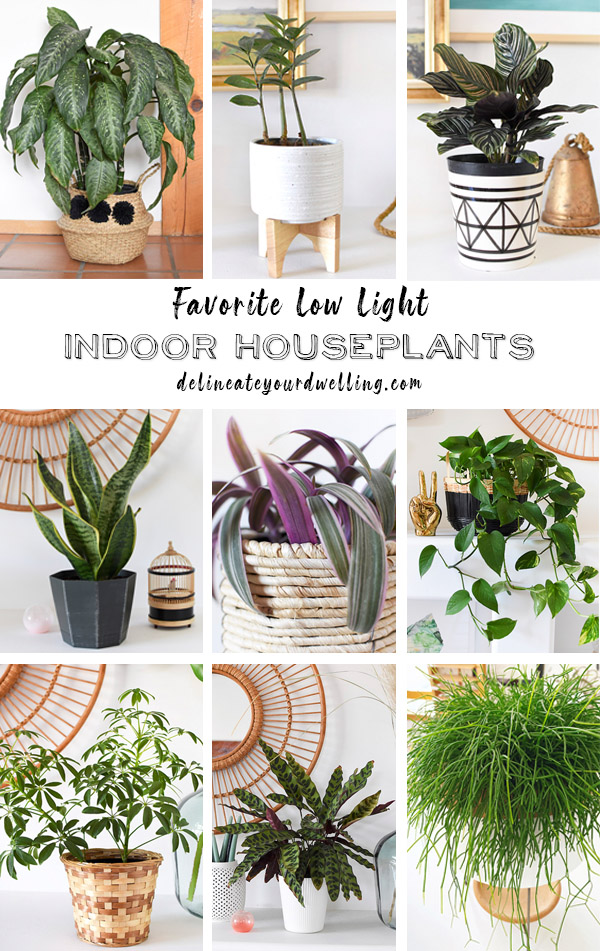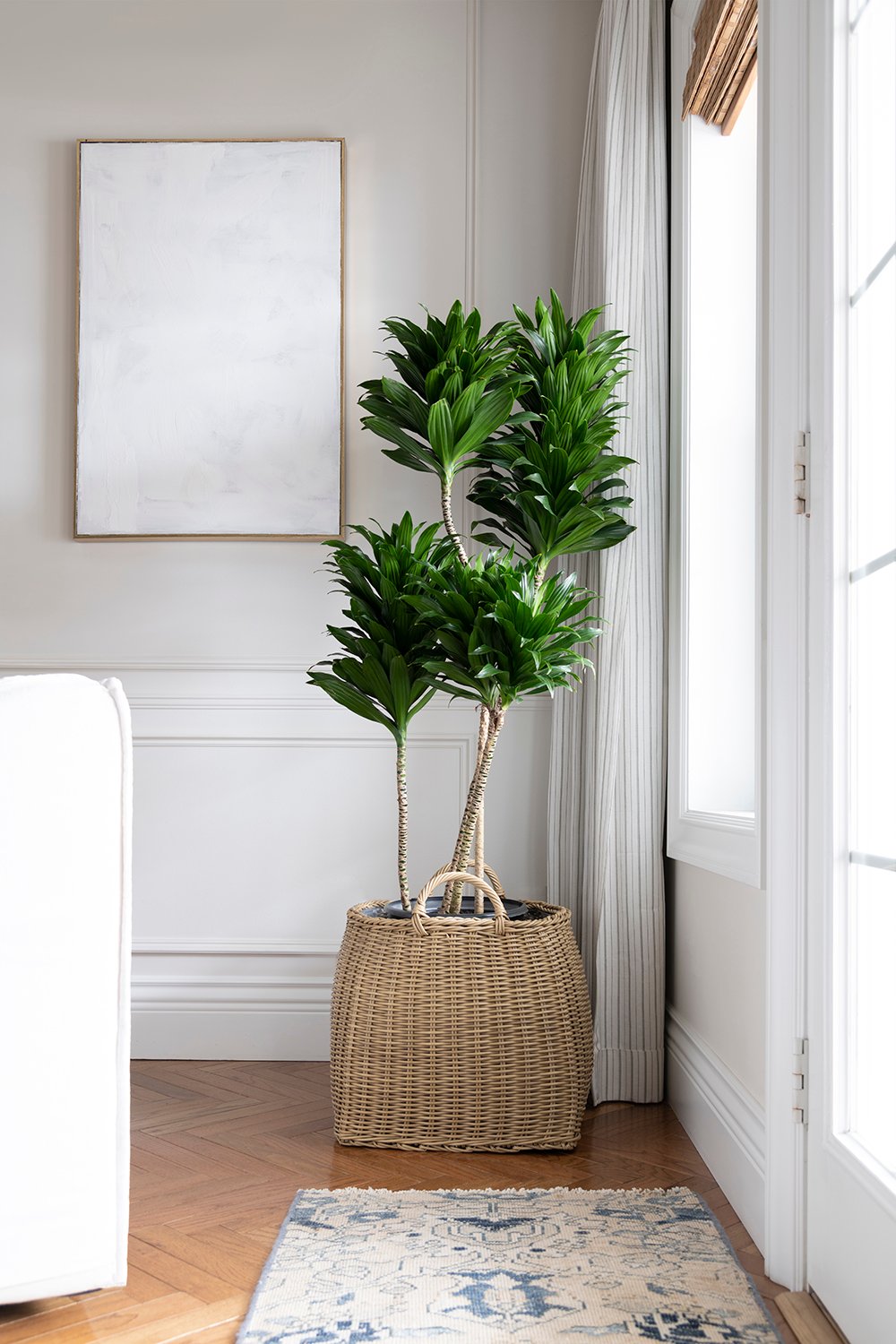Discover the Best Low-Light Indoor Plants for Your Home or Office Space
Transform Your Home With Beautiful Low-Light Indoor Plants and Their Advantages
Integrating low-light interior plants into your home can dramatically boost both the visual and ecological high quality of your home. These plants, which flourish in dim problems, serve not just as attractive aspects however additionally as natural air cleansers, making them excellent for urban dwellers or those with limited sunshine exposure. As we discover the numerous sorts of low-light plants and their advantages, you may locate unexpected methods to integrate them into your home that can change your environments in methods you could not have expected.
Benefits of Low-Light Plants
Low-light plants use numerous advantages for interior atmospheres, making them an excellent selection for both newbie and knowledgeable gardeners. Among the main benefits is their flexibility to low-light problems, allowing people to improve their space without the demand for considerable sunshine exposure. This particular makes them suitable for homes, offices, and other locations with restricted natural light.

Additionally, including low-light plants right into home design can boost the aesthetic charm of a space. Their rich vegetation and varied appearances create a soothing environment, adding to overall wellness. Last but not least, the visibility of plant has been linked to decreased tension degrees and improved efficiency, making low-light plants a functional option for enhancing both mental and physical health in indoor setups.
Leading Low-Light Indoor Plants
While several interior plants thrive in brilliant light, numerous species are specifically appropriate for low-light problems, making them optimal for numerous indoor spaces. One prominent selection is the Serpent Plant (Sansevieria), known for its striking upright leaves and strength, calling for minimal care. One more excellent option is the Pothos (Epipremnum aureum), which features heart-shaped fallen leaves and can route wonderfully from racks or hangers, flourishing in reduced light and adding a rich touch.
The ZZ Plant (Zamioculcas zamiifolia) is celebrated for its glossy leaves and capacity to stand up to disregard, making it excellent for active lifestyles. The Tranquility Lily (Spathiphyllum) not only endures reduced light but likewise generates stunning white blossoms, enhancing any type of area's aesthetic.
For an unique touch, think about the Cast Iron Plant (Aspidistra elatior), which without a doubt measures up to its name, flourishing in the darkest edges of your home. Lastly, the Chinese Evergreen (Aglaonema) uses a variety of leaf patterns and shades while being incredibly flexible in low-light problems. These plants not only enhance interior environments but also add to air filtration, improving your space.
Treatment Tips for Low-Light Plants

Sprinkling practices are important; these plants often favor slightly completely dry conditions. Overwatering can bring about root rot, so make sure that the top inch of dirt is dry before sprinkling once again. Use pots with drain openings look at this website to enable excess dampness to get away.
Humidity is another important factor. Several low-light plants, such as brushes and peace lilies, take advantage of higher moisture degrees. To boost humidity, think about misting the leaves or putting a tray of water near the plants.
Fertilization should be come close to with care. During the growing period, make use of a thinned down, balanced fluid fertilizer on a monthly basis to support growth, but prevent fertilizing throughout the inactive wintertime months.

Innovative Ways to Present Plants
Interior plants can work as exciting focal points in any room, improving both aesthetic charm and atmosphere. Imaginative displays can elevate the visual effect of low-light plants, making them an important part of your home decoration. One efficient technique is to utilize tiered plant stands, which allow you to showcase multiple plants at differing elevations while maximizing flooring room.
Hanging planters are an additional cutting-edge choice, producing a sense of depth and drawing the eye upwards. Consider macramé hangers or wall-mounted shelves to introduce a distinct texture and design.
For an extra structured approach, usage geometric terrariums or glass containers to house your plants, including a modern touch to your interior yard. You can likewise repurpose vintage things, such as teacups or wood cages, for an eclectic display that mirrors your individuality.
Enhancing Home Setting With Plants
Incorporating low-light plants into your home not just boosts aesthetic allure however likewise adds substantially to the total atmosphere. These plants work as natural decoration aspects, introducing a sense of tranquility that can change any area. The presence of greenery fosters a soothing environment, which is particularly advantageous in high-stress environments such as home offices or living rooms.
Low-light plants, such as serpent plants, pothos, and ZZ plants, are not only aesthetically pleasing yet additionally enhance indoor air quality by filtering toxins. This double feature improves the setting even more, creating a healthier living space (Best low-light indoor plants). The critical placement of these plants can likewise Visit Website affect the understanding of room; as an example, tall plants can attract the eye upward, making ceilings appear higher and areas more large
Moreover, varying appearances and shades of foliage add depth to interior decoration, permitting for innovative expression in home designing. Whether put on shelves, in edges, or as centerpieces, low-light plants can elevate the mood of any kind of room. In summary, incorporating these plants right into your home is an effective means to foster a warm, welcoming atmosphere while profiting of improved air top quality Discover More and aesthetic flexibility.
Final Thought
Including low-light indoor plants right into home environments uses numerous advantages, including improved aesthetic allure and improved air high quality. These resistant plants, such as the Serpent Plant and Peace Lily, require very little light and maintenance, making them suitable for diverse lifestyles. Their capacity to filter toxins adds to a much healthier living area, while their different structures and colors enrich indoor decor (Best low-light indoor plants). Ultimately, the incorporation of low-light plants cultivates a calm and welcoming atmosphere, transforming any home right into a serene sanctuary.
While lots of interior plants prosper in intense light, a number of types are specifically fit for low-light conditions, making them ideal for numerous indoor spaces. One effective method is to make use of tiered plant stands, which enable you to showcase numerous plants at differing heights while optimizing floor room.
Low-light plants, such as serpent plants, pothos, and ZZ plants, are not just visually pleasing however also boost indoor air high quality by filtering contaminants. Best low-light indoor plants. The strategic placement of these plants can likewise influence the understanding of room; for instance, tall plants can attract the eye upward, making ceilings show up greater and spaces more sizable
These durable plants, such as the Snake Plant and Tranquility Lily, need minimal light and maintenance, making them appropriate for diverse lifestyles.